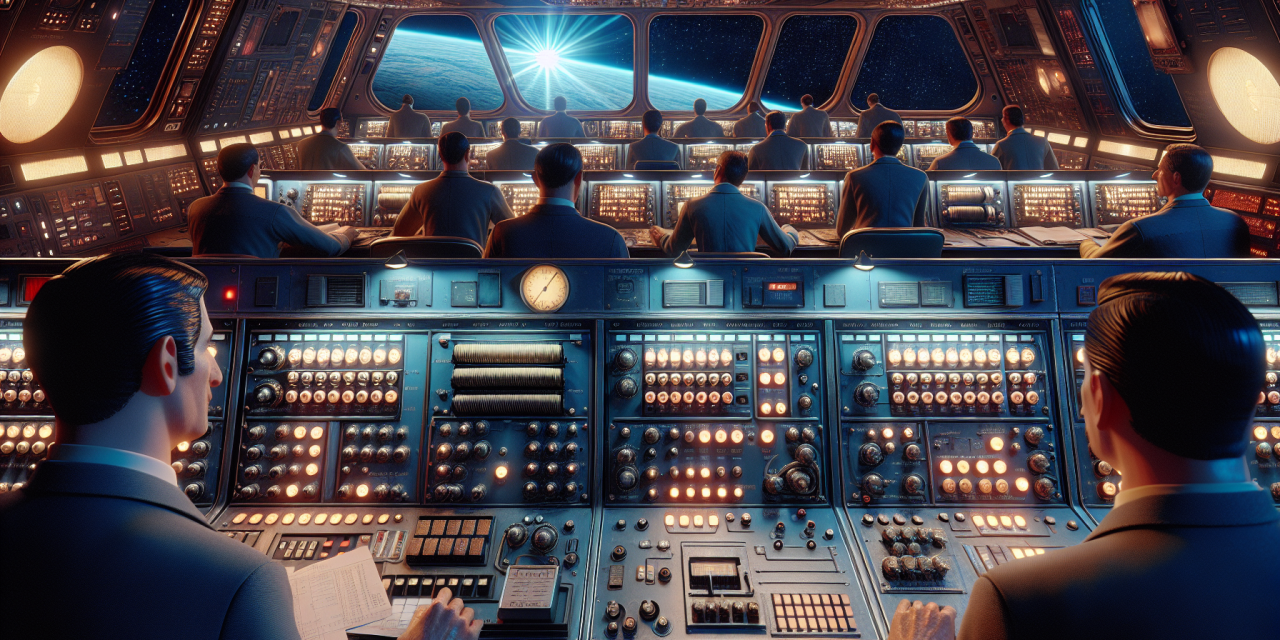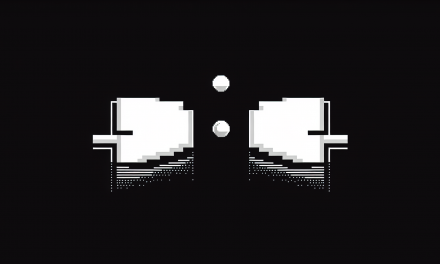Picture this: it’s 1962, and President Kennedy has made a bold promise to land Americans on the moon before the decade ends. The challenge is staggering—not just the rockets, the heat shields, or the navigation, but also the computer that would guide three humans safely through the most dangerous journey ever attempted. The twist? They had to build it with technology that makes your calculator look like a supercomputer.
The Apollo Guidance Computer (AGC) represents one of computing’s greatest paradoxes: doing more with spectacularly less. With just 4KB of memory and processing power that wouldn’t impress a digital watch today, it shepherded twelve astronauts to the moon and back. But here’s the fascinating part—those constraints didn’t limit the engineers at MIT. They liberated them to think differently, code smarter, and innovate in ways we’re still learning from today.
The Machine That Defied Logic
Let’s put the Apollo Guidance Computer’s limitations in perspective. Your smartphone has roughly one million times more memory than the AGC. If the AGC’s 4KB of memory were a single drop of water, your phone’s memory would be a swimming pool. The AGC ran at 1MHz—a frequency so modest that your microwave oven operates at 2,450 times that speed.
Yet this humble machine performed computational miracles. It calculated trajectories through three-dimensional space, managed life support systems, controlled rocket engines, and provided real-time navigation data—all while three human lives hung in the balance. The secret wasn’t in the hardware’s power, but in the software’s precision and the programmers’ creativity.
The AGC used something called “core rope memory,” which sounds like something from a maritime adventure but was actually woven by hand. Picture skilled workers literally threading copper wires through tiny magnetic cores to create the computer’s permanent memory. Each wire’s path through or around a core represented a one or zero. It was programming at the most physical level imaginable—when they say “hard-wired,” they meant it literally.
Coding Under Pressure: Every Byte Counted
When you have only 4KB of memory to work with, every single instruction matters. The Apollo programmers couldn’t afford the luxury of inefficient code or redundant functions. They had to think like master chefs working with the most limited ingredients, where every element serves multiple purposes and nothing goes to waste.
The programming team, led by Margaret Hamilton (who coined the term “software engineering”), developed techniques that modern programmers would find both inspiring and intimidating. They created reusable code modules decades before object-oriented programming became mainstream. They optimized algorithms not for readability or maintenance, but for absolute efficiency.
Consider the famous “1202 alarm” that nearly aborted the Apollo 11 landing. The computer was running out of processing power because it was trying to track the abandoned lunar module’s radar while simultaneously calculating the landing approach. The programmers had built in priority systems that automatically shed less critical tasks to focus on essential functions. This wasn’t a bug—it was brilliant defensive programming that saved the mission.
Their constraint-driven approach teaches us something powerful: limitations can spark innovation. When you can’t throw more memory or processing power at a problem, you must understand it more deeply and solve it more elegantly.
Reliability: When Failure Isn’t an Option
The phrase “failure is not an option” might be Hollywood dramatization, but for the AGC team, it was literal truth. Their code had to work perfectly, every time, in conditions no computer had ever faced. There was no tech support 240,000 miles from Earth, no software updates during flight, and definitely no “have you tried turning it off and on again?”
The engineers built redundancy into every critical system. The AGC actually contained two computers running identical calculations simultaneously, constantly checking each other’s work. If they disagreed, warning lights would flash, and the astronauts could manually intervene.
But reliability went deeper than hardware redundancy. The software itself was crafted with obsessive attention to edge cases and error handling. Every possible scenario was considered, tested, and planned for. The code was reviewed, re-reviewed, and tested thousands of times before being physically woven into core rope memory.
This approach offers modern coders a crucial lesson: reliability comes from discipline, not just processing power. Writing defensive code, anticipating failures, and building in graceful error handling are practices that matter whether you’re working with 4KB or 4TB of memory.
Lessons for Modern Thinkers
The Apollo Guidance Computer challenges our modern assumptions about what’s possible with limited resources. We often think that better hardware automatically leads to better software, but the AGC proves that constraints can drive innovation in remarkable ways.
First, constraints force clarity of purpose. When the AGC team had to choose which functions to include, they ruthlessly prioritized mission-critical features. There was no room for nice-to-have additions or experimental features. This clarity led to software that did exactly what it needed to do, perfectly.
Second, working within limits demands deep understanding. You can’t optimize what you don’t thoroughly comprehend. The AGC programmers understood their algorithms at the bit level, their memory usage down to single bytes, and their timing requirements to the microsecond.
Finally, the AGC demonstrates that reliability comes from careful design, not computational brute force. Modern software often compensates for bugs and inefficiencies with faster processors and more memory. The Apollo team couldn’t rely on such luxuries, so they built software that was fundamentally sound from the ground up.
The Echoes in Today’s Code
The lessons from the Apollo Guidance Computer resonate far beyond space exploration. Today’s embedded systems developers working on everything from pacemakers to autonomous vehicles face similar constraints and reliability requirements. Internet of Things devices often operate with limited memory and processing power, requiring the same disciplined approach to efficiency.
Even in our world of seemingly unlimited computing resources, the principles that guided the AGC team remain relevant. Climate change and electronic waste concerns are pushing developers to write more efficient code that does more with less energy. Mobile app developers working on battery-powered devices understand that efficiency directly impacts user experience.
Perhaps most importantly, the AGC reminds us that innovation often comes not from having more resources, but from using existing resources more cleverly. The next time you’re facing a coding challenge, ask yourself: what would the Apollo programmers do? How can constraints become creative catalysts rather than obstacles?
The Apollo Guidance Computer didn’t just help humans reach the moon—it showed us that with careful thinking, precise execution, and creative problem-solving, even the most ambitious goals become achievable. Sometimes, having less forces us to be more: more thoughtful, more innovative, and more human in our approach to solving problems that matter.








